Lameness: I’m hearing more and more cases of lameness out on farms. The damp weather over the last few weeks definitely hasn’t helped, but the bigger issue is probably got to do with roadways. In general, the quality of roadways on Irish dairy farms is poor. If you have a lameness problem now, it is only going to get worse as you go into the autumn, with wetter roadways and cows walking longer distances to get to far away paddocks. So what can you do?
Obviously, the first step is to treat affected cows early. If not proficient at hoof-paring yourself, get a good professional in. The next step is prevention. Footbathing will help to clean and disinfect the hooves and harden the sole. This should be done at least once a week, but more frequently in wet weather. The next step is to fix roadways, but this could be costly. Allowing the water to run off should be the first step, so get a digger in to scrape the sides. Then remove stones and pebbles and sort out the finished surface. The most important areas are the section closest to the milking parlour, so concentrate the work here first. A load of blinding will cost about €130 and covers a distance of close to 100m – money well spent – but rainwater must be able to run off.
Heifers: February-born dairy heifers should be weighing 30% of their mature liveweight now, or 165kg if their mature liveweight is expected to be 550kg. Some people will weigh their heifers and if the average is 165kg, they’ll be happy, but this is missing the point. Heifers that are below target weight need special treatment. Separate them from the rest of the herd and give them access to the best grass and some meal if grass quality isn’t as good as it could be. Don’t force the light calves to graze down fully. The very act of separating them from the main bunch makes a difference. Make sure you are up to date on worm doses for calves.
Alternative housing: I was talking to a farmer during the week who is after getting access to more land on the milking block. He has the stock in the form of in-calf heifers, but doesn’t have the housing and is slow to go to the bank to look for a loan to build extra cubicles. Other options exist that could buy the farmer time, such as sending late-calving cows to a B&B facility – slatted sheds suffice where the cows are teat-sealed. These cows could come back to the farm in late March when most of the herd is calved and out to grass. Another option is to rent a shed and look after the cows himself – this is time-consuming and will require the farmer to have enough silage. Another option is to put in a fodder crop. At this stage, the only real option to get yield and quality is a kale/rape hybrid, such as Redstart or Interval. If sown shortly, this crop can grow 6t to 8t DM/ha. Tillage farmers in GLAS will be sowing catch crops, which could be available for grazing after 1 December, so perhaps a deal could be done for these crops to be grazed by stock, but yield is likely to be low.
Lameness: I’m hearing more and more cases of lameness out on farms. The damp weather over the last few weeks definitely hasn’t helped, but the bigger issue is probably got to do with roadways. In general, the quality of roadways on Irish dairy farms is poor. If you have a lameness problem now, it is only going to get worse as you go into the autumn, with wetter roadways and cows walking longer distances to get to far away paddocks. So what can you do?
Obviously, the first step is to treat affected cows early. If not proficient at hoof-paring yourself, get a good professional in. The next step is prevention. Footbathing will help to clean and disinfect the hooves and harden the sole. This should be done at least once a week, but more frequently in wet weather. The next step is to fix roadways, but this could be costly. Allowing the water to run off should be the first step, so get a digger in to scrape the sides. Then remove stones and pebbles and sort out the finished surface. The most important areas are the section closest to the milking parlour, so concentrate the work here first. A load of blinding will cost about €130 and covers a distance of close to 100m – money well spent – but rainwater must be able to run off.
Heifers: February-born dairy heifers should be weighing 30% of their mature liveweight now, or 165kg if their mature liveweight is expected to be 550kg. Some people will weigh their heifers and if the average is 165kg, they’ll be happy, but this is missing the point. Heifers that are below target weight need special treatment. Separate them from the rest of the herd and give them access to the best grass and some meal if grass quality isn’t as good as it could be. Don’t force the light calves to graze down fully. The very act of separating them from the main bunch makes a difference. Make sure you are up to date on worm doses for calves.
Alternative housing: I was talking to a farmer during the week who is after getting access to more land on the milking block. He has the stock in the form of in-calf heifers, but doesn’t have the housing and is slow to go to the bank to look for a loan to build extra cubicles. Other options exist that could buy the farmer time, such as sending late-calving cows to a B&B facility – slatted sheds suffice where the cows are teat-sealed. These cows could come back to the farm in late March when most of the herd is calved and out to grass. Another option is to rent a shed and look after the cows himself – this is time-consuming and will require the farmer to have enough silage. Another option is to put in a fodder crop. At this stage, the only real option to get yield and quality is a kale/rape hybrid, such as Redstart or Interval. If sown shortly, this crop can grow 6t to 8t DM/ha. Tillage farmers in GLAS will be sowing catch crops, which could be available for grazing after 1 December, so perhaps a deal could be done for these crops to be grazed by stock, but yield is likely to be low.



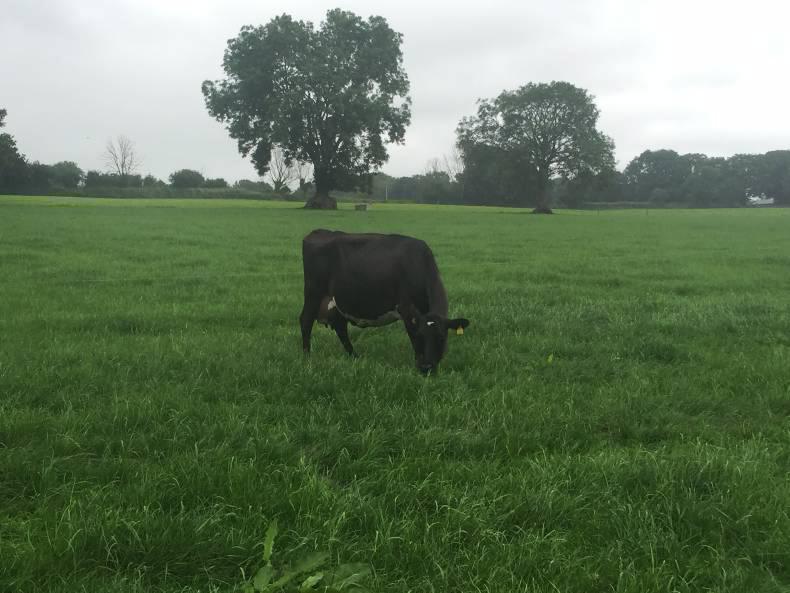

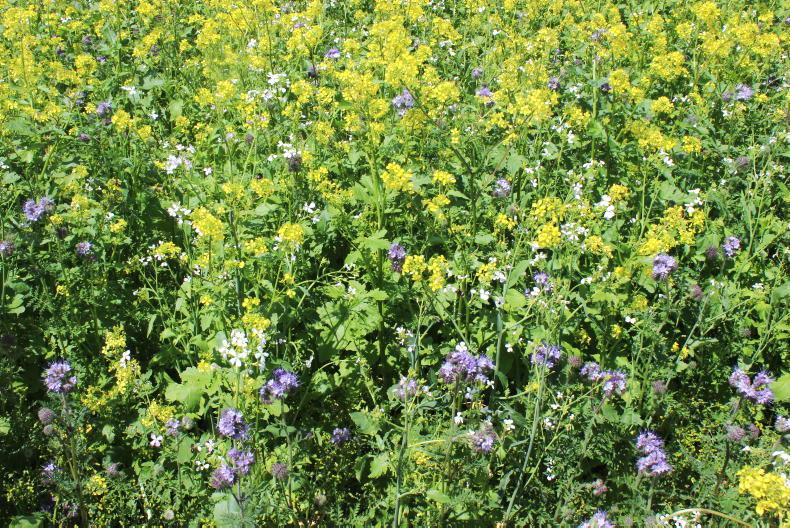

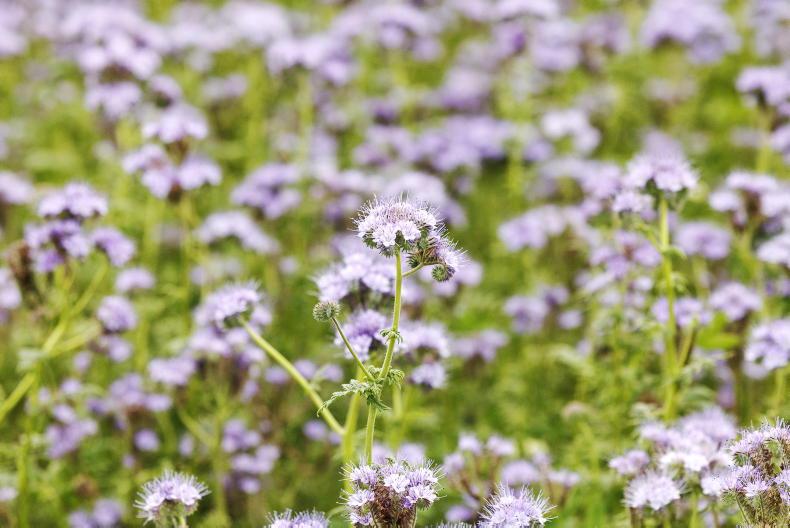
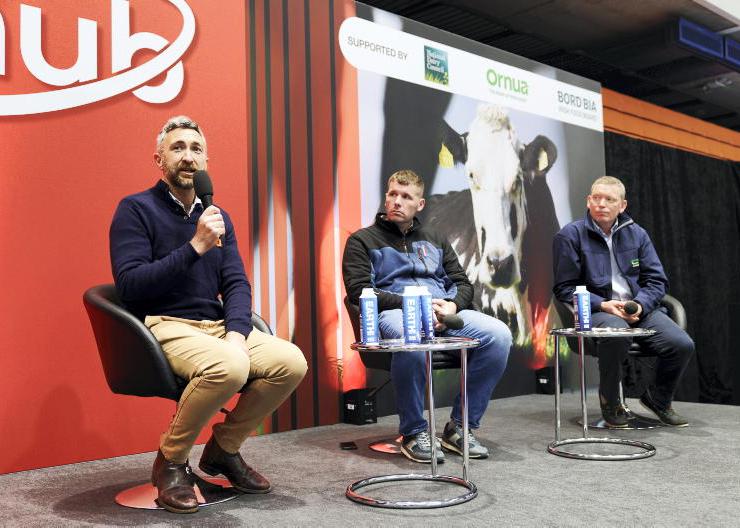
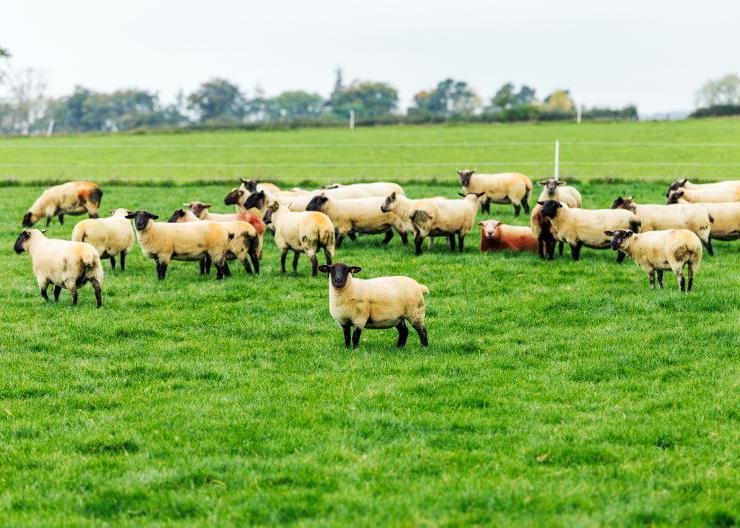
SHARING OPTIONS